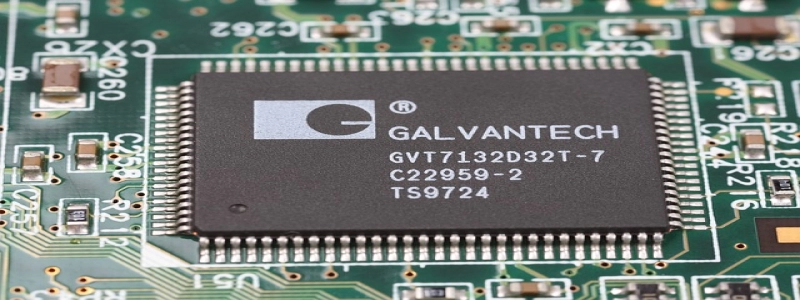SFP+ to SFP28
Introduction:
In the world of data communication, the constant need for higher speeds and increased bandwidth has led to the development of various networking technologies. One such advancement is the transition from SFP+ to SFP28 interfaces. In this article, we will explore the differences between these two technologies and their significance in modern networking.
I. Overview of SFP+:
The Small Form-Factor Pluggable (SFP+) interface is widely used for data communication applications. It is a compact and hot-pluggable transceiver that supports multiple protocols such as Ethernet, Fibre Channel, and InfiniBand. SFP+ modules typically provide data rates of up to 10 Gbps and are commonly used in networking equipment like switches, routers, and servers.
II. What is SFP28?
SFP28, on the other hand, is an enhanced version of SFP+ that offers higher data rates. It supports speeds of up to 25 Gbps and is primarily designed for 25 Gigabit Ethernet applications. SFP28 modules are backward compatible with SFP+ interfaces, allowing for an easy upgrade path without the need for major infrastructure changes.
III. Key Differences:
1. Data Rate: The primary difference between SFP+ and SFP28 is the supported data rate. While SFP+ provides a maximum speed of 10 Gbps, SFP28 offers a significant increase to 25 Gbps, enabling faster and more efficient data transmission.
2. Power Consumption: SFP28 modules are designed to be more power-efficient compared to SFP+. This energy-saving feature allows for better overall system performance and reduces operational costs.
3. Physical Connectivity: Both SFP+ and SFP28 modules have the same form factor, allowing them to fit into the same ports. This plug-and-play capability makes it easy to upgrade existing infrastructure to support higher data rates without changing the entire networking setup.
4. Cable Length: SFP28 interfaces support shorter cable lengths compared to SFP+. Typically, SFP28 is optimal for distances of up to 10 meters, while SFP+ can reach up to 100 meters. It is important to consider the required cable length when selecting the appropriate interface.
IV. Advantages of SFP28:
1. Increased Bandwidth: The higher data rates of SFP28 enable a significant increase in network bandwidth, allowing for faster and more reliable data transmission. This is particularly beneficial in applications that require large data transfers and low latency.
2. Cost-Effective Upgrade: SFP28 offers a cost-effective solution for upgrading existing SFP+ infrastructure. By replacing SFP+ modules with SFP28 modules, organizations can take advantage of higher speeds without the need for extensive network changes or significant investments.
3. Future-Proofing: As technology continues to evolve, the demand for higher speeds and increased bandwidth will only grow. By implementing SFP28 interfaces, organizations can future-proof their network infrastructure and ensure compatibility with upcoming networking technologies.
Conclusion:
The transition from SFP+ to SFP28 interfaces presents a significant advancement in data communication technology. With its higher data rates, improved power efficiency, and compatibility with existing infrastructure, SFP28 offers a cost-effective and future-proof solution for organizations looking to enhance their network performance. By understanding the differences and advantages of SFP28, network administrators can make informed decisions when planning network upgrades or deployments.








